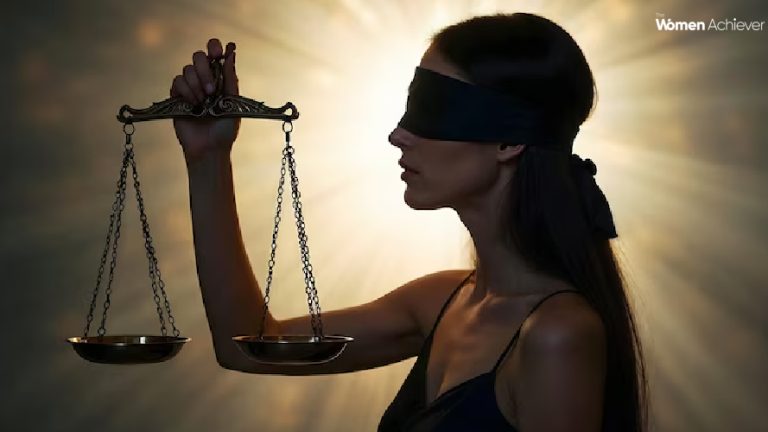Gender Gap in Justice: Why India Needs More Women in Law Enforcement Urgently
India’s strong-on-paper judicial system still falls short when it comes to ingrained gender disparity-most significantly in the police. Less than 12% of the police are female, and fewer are in senior decision-making positions. The disparity affects not only internal composition but also has a dramatic effect on the administration of justice, especially for women and marginalized groups.
Why the Gender Gap Matters
The police force is the most visible arm of state authority. In the absence of gender diversity, it becomes inaccessible and ineffective to half the population. Women crime victims, particularly when sexual violence is involved, do not prefer to report a case because they fear being treated insensitively or judged by male police officers.
In addition, a lack of representation by women identifies patriarchal structures and puts a cap on gender-sensitive policing. Evidence has established that women officers contribute to increased community confidence, decreased excessive use of force incidents, and enhanced quality of cases related to women and children.
Systemic Barriers to Progress
Even with government efforts such as reservation quotas and gender sensatization training, there are disadvantages:
Cultural prejudice deters families from encouraging women to enter uniformed ranks.
Lack of infrastructure, e.g., women officers’ own toilets, deters retention.
Work-life balance and, in particular, maternity and childcare problems affect career progress.
Tokenism, in which women are employed but not entrusted with responsibility, restricts their capacity to shape policy and practice.
Why India Needs More Women in Uniform
For Better Handling of Gender-Based Crimes
Women officers are likely to handle cases of domestic violence, trafficking, and sexual assault with sensitivity and seriousness-encouraging more survivors to come forward.
For Balanced Representation
Women reflect society. Women bring a different type of thinking to peace-keeping, crisis management, and community policing.
To Inspire the Next Generation
Visible women leadership in the police can shatter stereotypes and encourage young girls to take the justice system as a career.
To Build Safer Public Spaces
More female patrolling has the effect of heightening safety and lowering harassment for women in public spaces.
The Road Ahead
India must do more than simply make symbolic gestures to bridge the gender gap. There are structural reforms to be done-better recruitment campaigns, inclusive workplaces, gender-sensitive policies, and mentoring women officers. The target must be not simply to augment numbers but to empower women to lead and change the system from within.
Conclusion: Justice just cannot be delivered in a non-representative and unselfconscious system of the diversity of persons that it is designed to protect. To build a safer, more equal India, empowering more women in the police force isn’t only necessary-it’s necessary.






Add comment